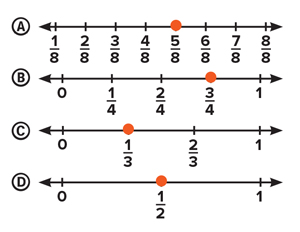Every February 2, thousands of people across the United States take part in a pretty peculiar practice. They look to a groundhog to predict the weather.
Legend has it that if this rodent emerges from its burrow and sees its shadow, there will be six more weeks of winter. If there is no shadow, spring will arrive early.
Punxsutawney Phil and Staten Island Chuck are two of the most famous of these furry meteorologists—and each has his own devout following.
Every February 2, thousands of people across the United States take part in a pretty peculiar practice. They look to a groundhog to predict the weather.
Legend has it that if this rodent emerges from its burrow and sees its shadow, there will be six more weeks of winter. If there is no shadow, spring will arrive early.
Punxsutawney Phil and Staten Island Chuck are two of the most famous groundhogs. Each of these furry meteorologists has his own devout following.



